T4K3.news
EU steel tariff remains at 50% in latest US trade talks
The EU's outline trade deal with the US fails to reduce the 50% steel tariff imposed by Trump.
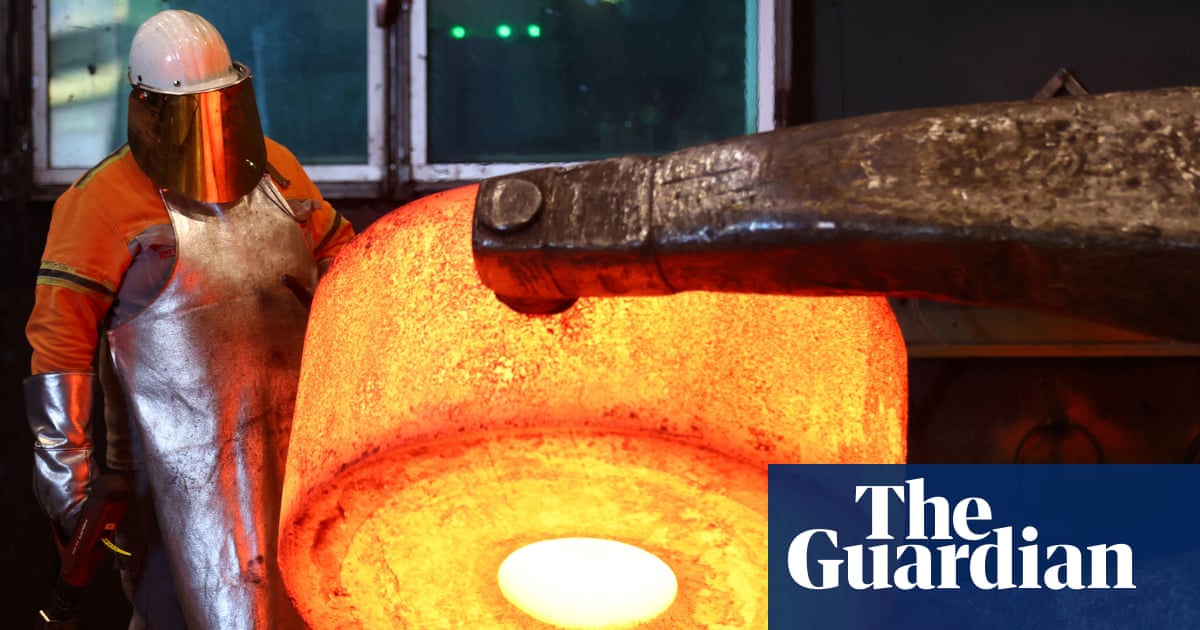
High tariffs on steel imports from the US threaten EU industry stability.
EU faces challenges with US steel tariffs in trade negotiations
The recent proposal for a trade agreement between the EU and the US has failed to reduce the existing 50% tariff imposed on steel imports by former President Donald Trump. This situation poses a major threat to EU steel exporters, who are already struggling with high energy costs and competition from cheap Chinese steel. Trump has indicated that a range of tariffs will apply to countries that have not signed a trade deal. Under the current proposals, steel from the EU could face a risk of being priced out of the market, while UK steel tariffs may drop to zero under a different agreement. Diplomatic sources say discussions continue, with the possibility of quotas for steel exports still being on the table, but nothing is finalized yet. As European leaders seek a resolution, tension remains, particularly with Chinese competition in the mix.
Key Takeaways
"A 50% tariff would be catastrophic for the EU steel industry."
A statement from Eurofer highlights the dire consequences of maintaining high tariffs.
"We must make correct strategic choices in the trade war."
Xi Jinping emphasized the need for alignment between China and Europe amidst heightened tensions.
"Germany's chancellor remains keen to seal a quick deal for stability."
Diplomatic efforts from Germany stress the need for timely negotiations to avoid further impacts on the economy.
"Production stoppages can no longer be ruled out due to mineral shortages."
The VDA raised concerns about the supply chain impact of trade restrictions on rare earths.
This situation highlights the precarious balance European leaders must maintain as they navigate trade relations with the US and China. The lack of tariff reduction could lead to significant instability for EU manufacturers, especially in the automotive sector. With Germany's chancellor actively pushing for a swift resolution, the pressure is on to protect jobs and maintain import-export flow. The EU may find itself compromising in these negotiations, leading to long-term impacts on its steel industry and its relationship with both the US and China. The strategic choices made now will influence Europe’s economic stability for years to come.
Highlights
- A 50% tariff may spell disaster for EU steel exporters.
- The UK enjoys better terms while the EU faces harsh penalties.
- With every negotiation, EU steel producers cling to hope.
- Europe must find a way to stabilize its core industries.
High stakes in EU-US trade negotiations
The ongoing tariff situation complicates relations between the EU and the US, with potential backlash from manufacturers and investors if no resolution is achieved.
The unfolding trade negotiations may reshape the landscape for European steel and beyond.
Enjoyed this? Let your friends know!
Related News
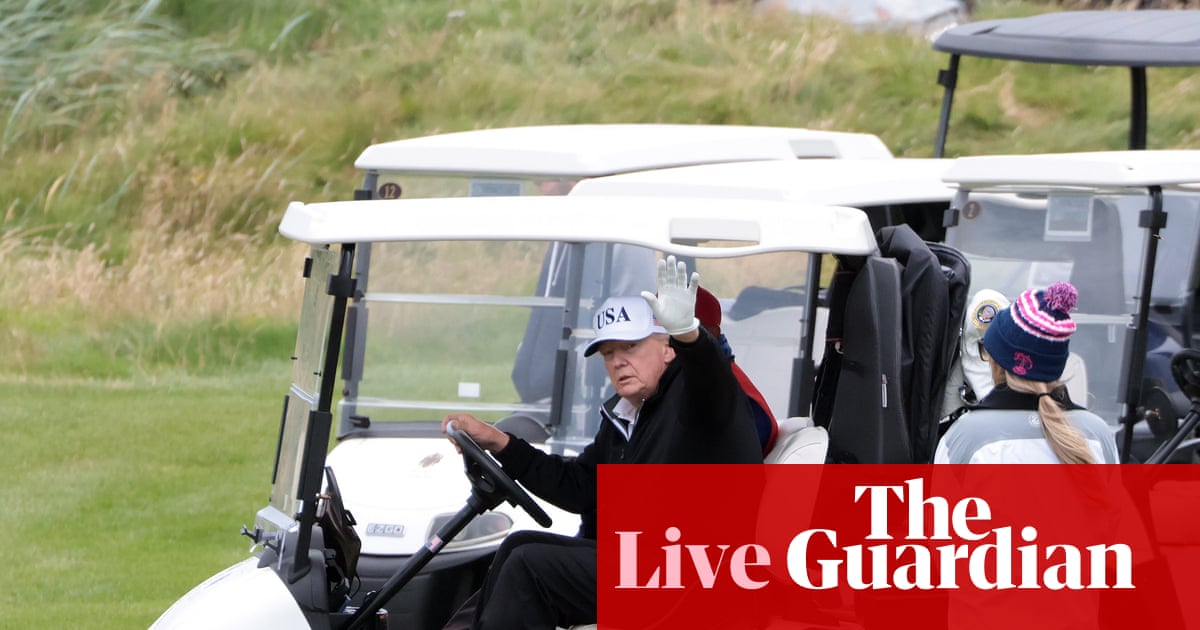
Trump and Starmer meet in Scotland for trade discussions
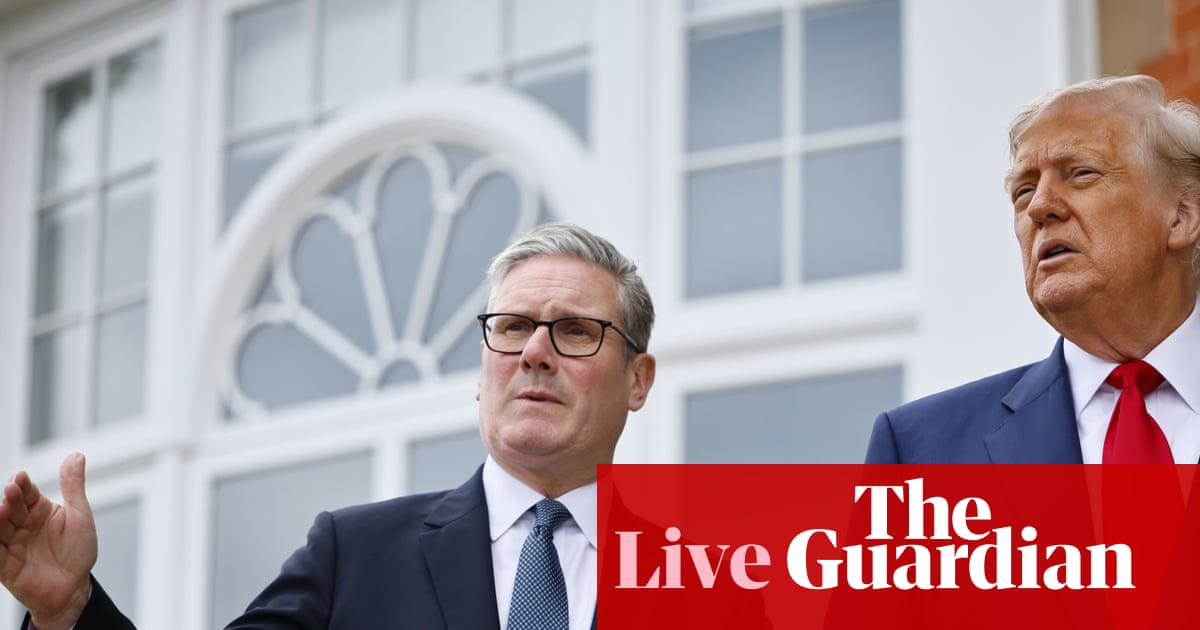
Trump considers reducing ceasefire deadline for Russia
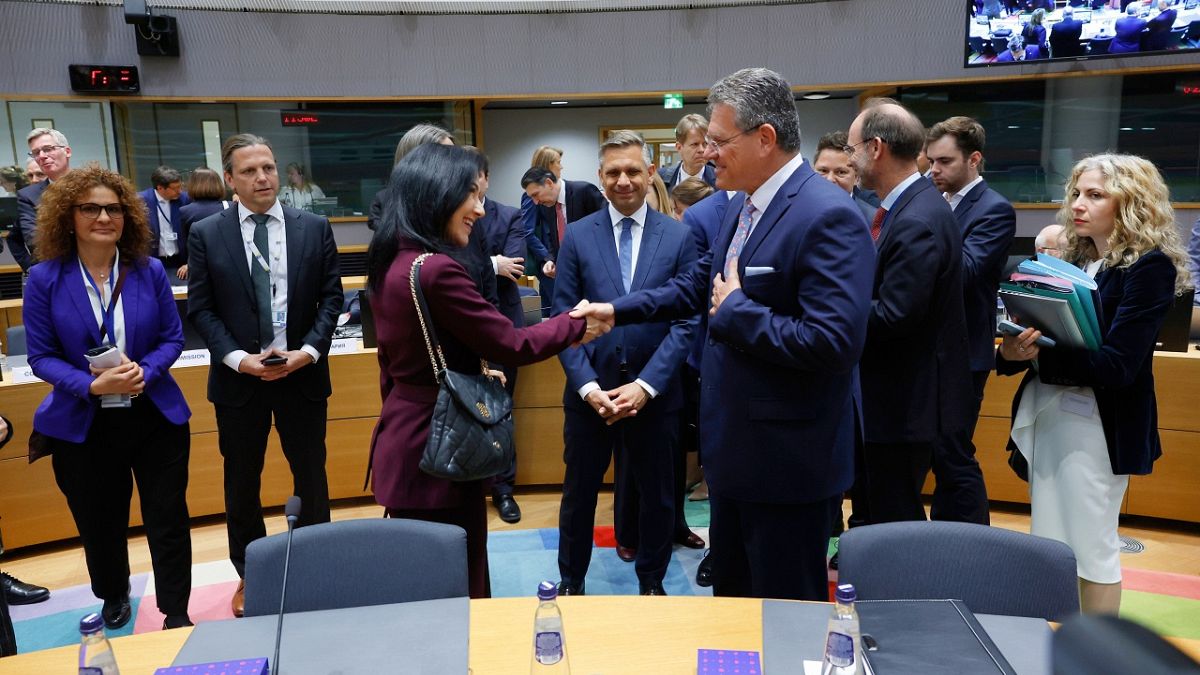
EU prepares for potential tariffs in trade dispute with US

EU US tariff deal reached
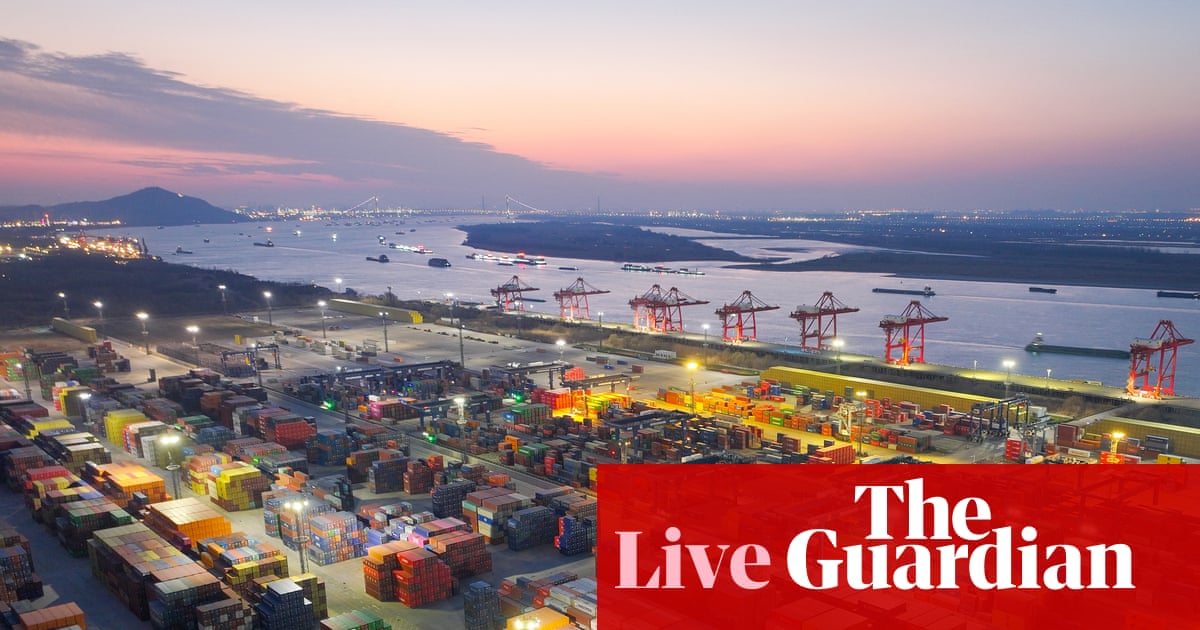
Stock markets fall sharply after Trump tariff announcement
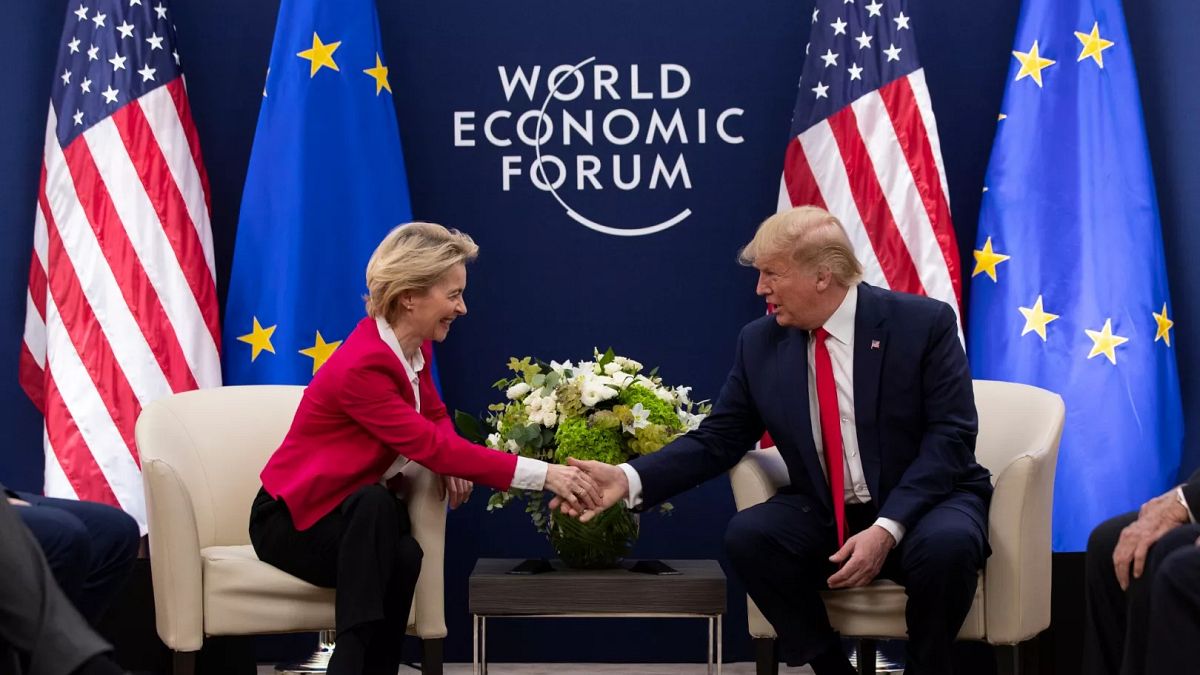
Ursula von der Leyen to meet Donald Trump in Scotland
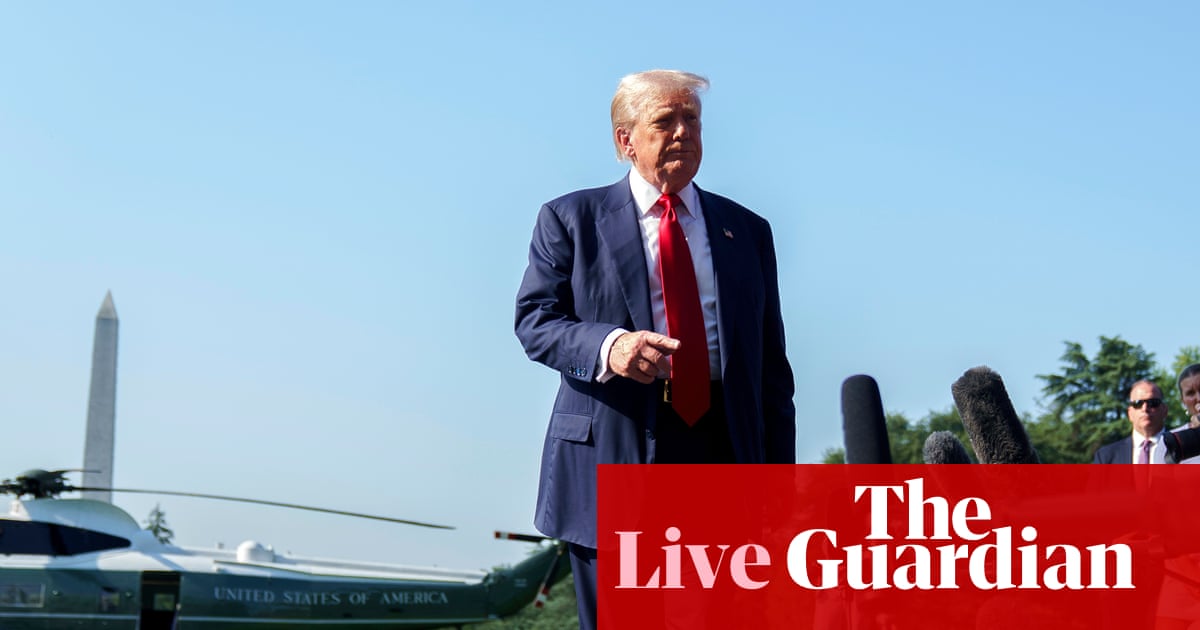
Trump states 50-50 chance for EU trade deal
Trump meets EU chief as tariff talks intensify
